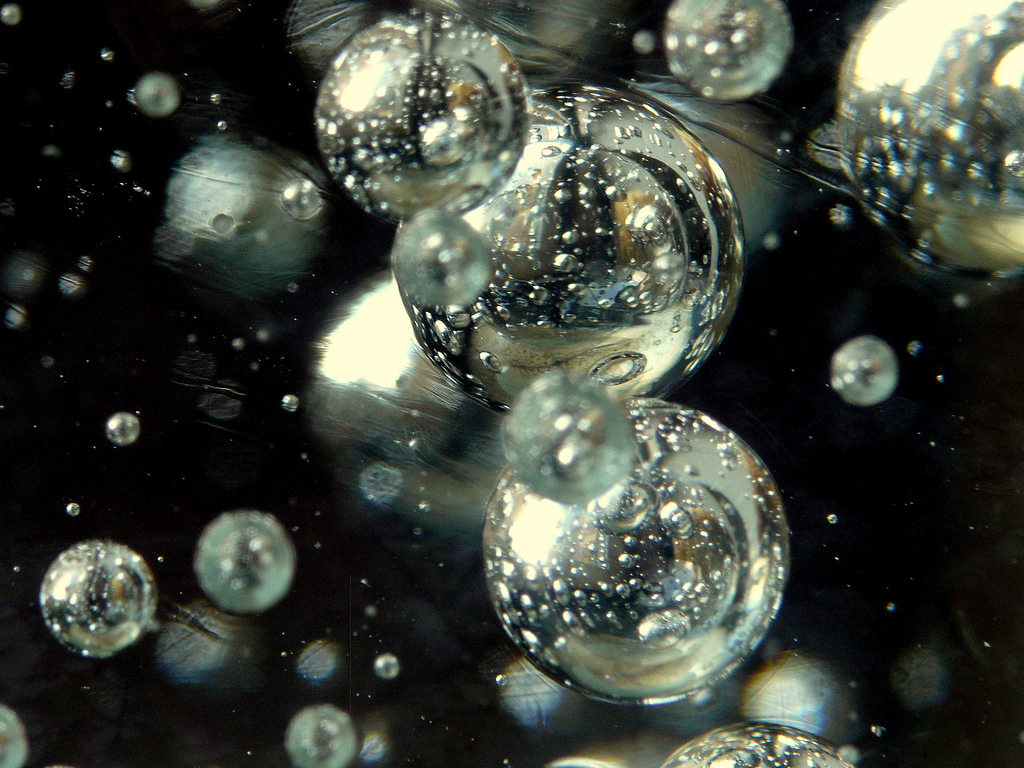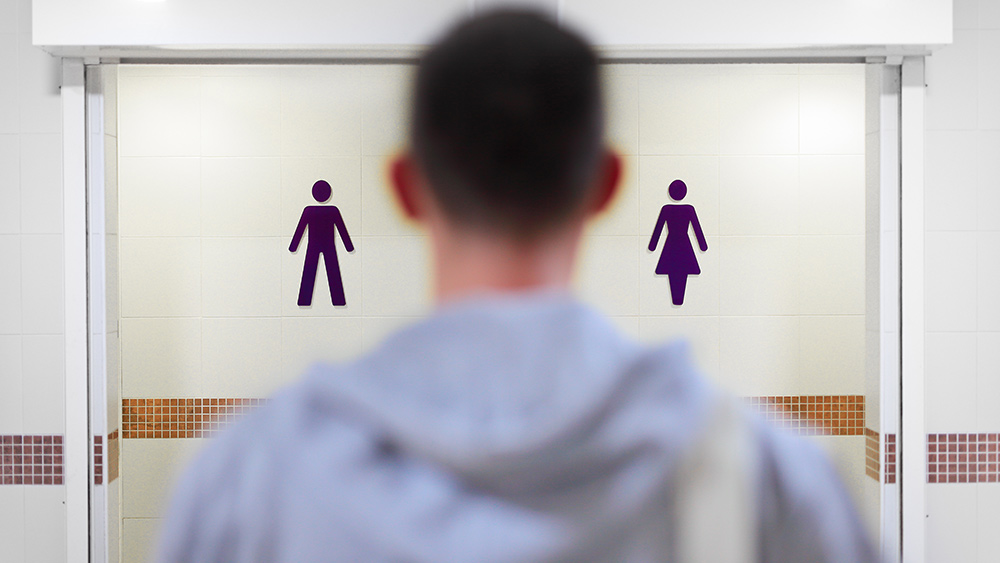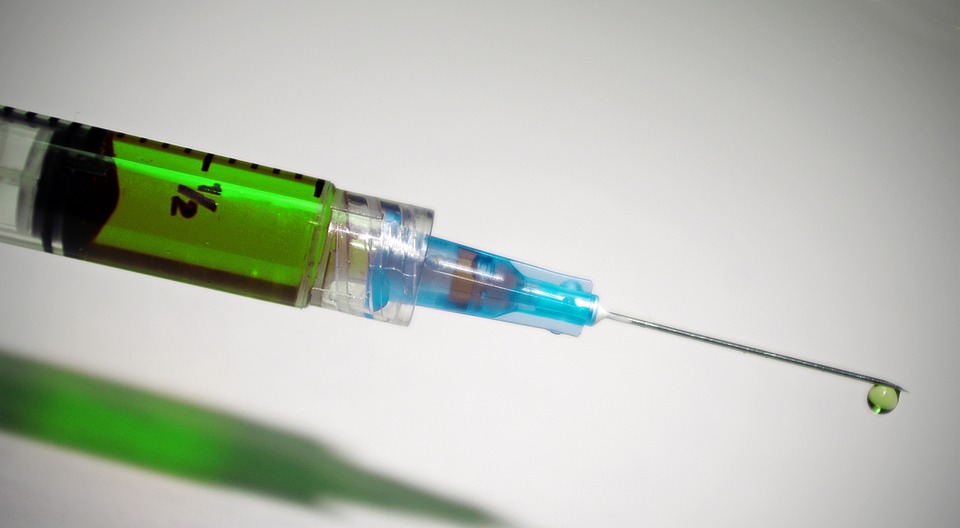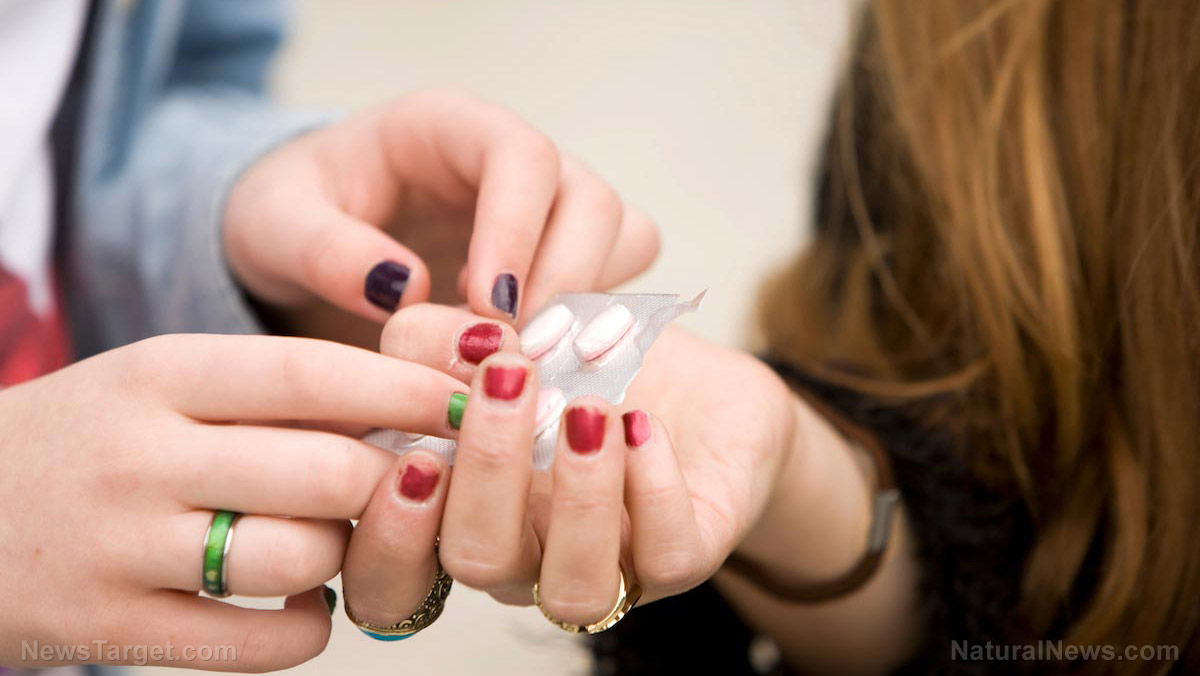Scranton, Pa., mercury-free dentist Dr. Blanche Grube and her assistant remove a mercury/”silver filling” from a patient. All three are draped and covered for protection from mercury vapor and particles. Don Murley McClatchy
Article by Greg Gordon
Here are some facts about mercury dental fillings – their regulation, impact and scientists’ attempts to understand why they may put some people at risk.
– Mercury compounds have been used to fill cavities worldwide for more than 160 years, but the Food and Drug Administration never required clinical testing to prove their safety. Their use was permitted under a grandfather clause after the agency was created in 1930.
Freya Koss, 73, Wynnewood, Pa., campaigns for an end to the use of mercury dental fillings outside the American Dental Association convention in Philadelphia in 2005. Koss says she experienced double vision, droopy eyes and was diagnosed with Multiple Sclerosis after a dentist used an outdated formula with liquid mercury to fill a tooth. After she had all of her mercury fillings removed, she said, she recovered. Courtesy of Freya Koss Courtesy of Freya Koss.
– A 2011 risk assessment estimated that 122 million Americans have gotten higher doses of mercury than the safety threshold under California’s environmental laws, likely from their dental fillings. Mark Richardson, a former Health Canada scientist who led the study, said that if a toxic waste site released such emissions: “The people responsible . . . would be held liable to clean it up.”

– The U.S. Agency for Toxic Substances and Disease Registry says babies and fetuses are especially sensitive. Mercury in a pregnant woman’s body “passes to the fetus and may accumulate there,” the agency says. “It can also pass to a nursing infant through breast milk.
– Scientists are learning how to pinpoint the sources of mercury in people’s bodies. Colorado-based Quicksilver Scientific LLC, which has conducted cutting-edge tests, says it found a way – in tests on the hair, blood and urine of about 10,000 people – to differentiate inorganic mercury, which comes from dental fillings, from organic or methyl mercury, which comes from eating fish.
– These tests also can signal how well a person’s immune system is fighting the toxin, said scientist Chris Shade, Quicksilver’s founder. Shade said the tests show some patients have high blood levels of dental mercury but low urine levels, suggesting their bodies’ natural detoxification systems aren’t working well.
Quicksilver’s founder. Shade said the tests show some patients have high blood levels of dental mercury but low urine levels, suggesting their bodies’ natural detoxification systems aren’t working well.
– Scientists are still trying to understand how or why a body’s natural defenses against mercury and other toxins shut down. Shade said genetics plays a big role, but exposure to mold and other factors also may switch off the body’s complex immune system.
– People worried about their mercury fillings should only have them removed safely, using a rubber dam around the tooth and other patient protections. Patients shouldn’t try to take supplements to detoxify themselves until the fillings have been removed. Experts say detoxifying agents can draw more mercury out of the fillings and make people sick or sicker.
– The lowest-priced alternative to mercury fillings is no panacea. Composite resins contain hormone-mimicking bisphenyl-A, widely found in plastics. Research to date about how much of it might leach out and whether it could be harmful hasn’t raised the kinds of alarm bells associated with mercury fillings.
– Mercury dental fillings may have the lowest upfront costs, but their ultimate price tag for patients and society can be far higher. Metal fillings can crack teeth as they expand and contract. Safely drilling out the fillings can cost thousands of dollars. It’s also expensive for dentists to dispose of the mercury-contaminated waste.
Read more at: mcclatchydc.com























